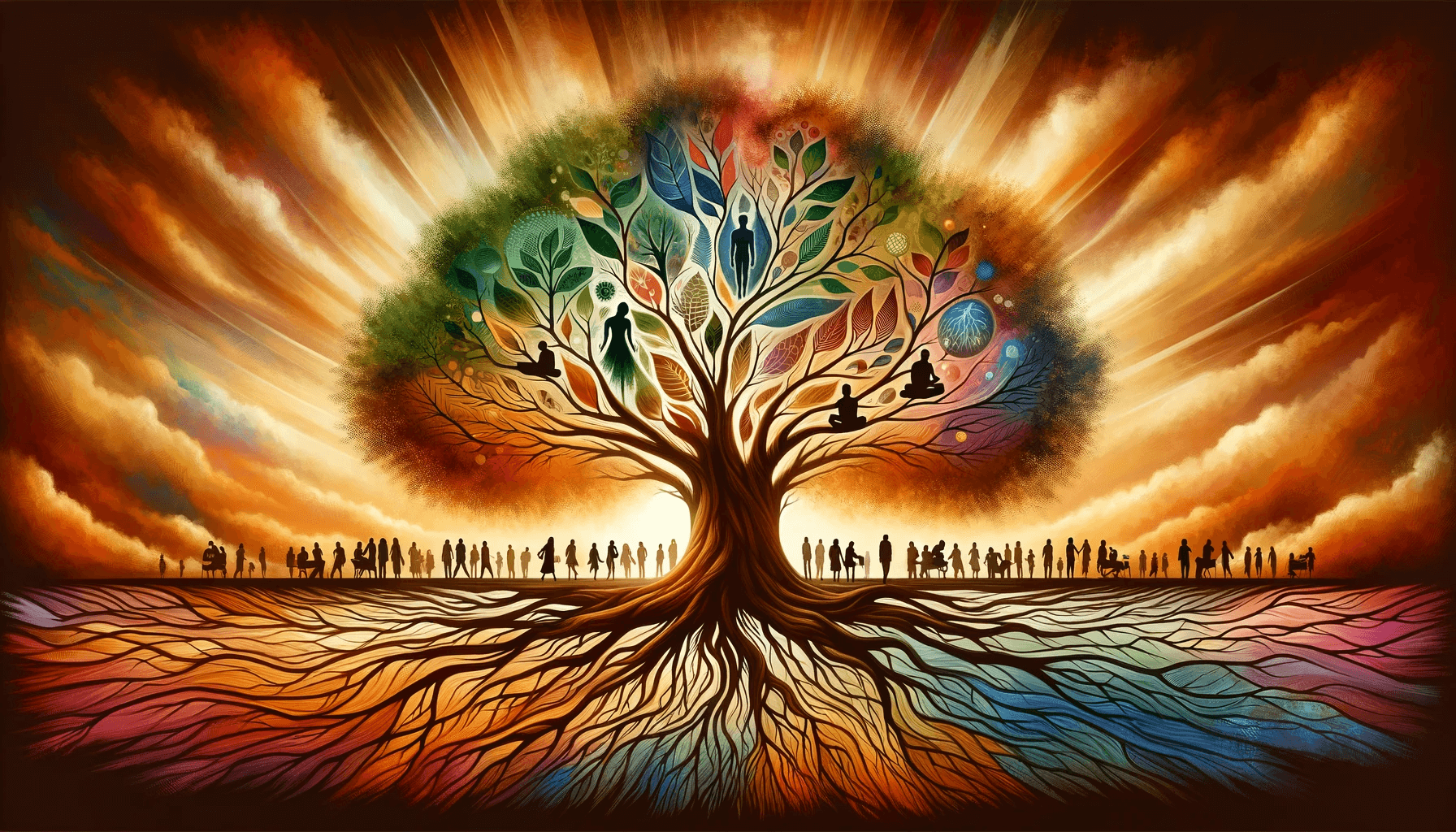Sponsored by The Wealth Compass
Table of Contents
Understanding work-life balance
Work-life balance is a term that is frequently thrown around, but what does it mean? At its core, work-life balance is the equilibrium between our professional and personal lives. It involves finding a harmonious relationship between the time and energy dedicated to our careers and those devoted to our emotional well-being, relationships, and leisure activities.
The importance of work-life balance
Achieving work-life balance is crucial for our overall well-being and happiness. When we are constantly overwhelmed by work demands and neglect our personal lives, we risk burnout and deterioration in our mental and physical health. On the other hand, focusing too much on our personal lives and neglecting our professional responsibilities can lead to career stagnation and financial instability.
Work-life balance statistics
Alarming statistics further emphasize the significance of work-life balance. According to a survey by the American Institute of Stress, 80% of workers feel stress on the job, and nearly half say they need help managing it. Additionally, a study by the Mental Health Foundation found that 40% of employees neglect other aspects of their life due to work-related stress. These statistics highlight the urgent need for individuals to prioritize work-life balance and adopt strategies to achieve it.
Signs of an imbalance
Recognizing the signs of an imbalance is the first step in addressing the issue. Some common symptoms include chronic fatigue, decreased productivity, strained relationships, neglecting personal hobbies or interests, and feeling overwhelmed or constantly stressed. If you find yourself experiencing any of these signs, it’s essential to take a step back and reevaluate your work-life balance.
Benefits of achieving work-life balance
Achieving work-life balance brings numerous benefits that positively impact our personal and professional lives. Maintaining a healthy balance can enhance our overall well-being, improve our physical and mental health, and foster better relationships with our loved ones. Additionally, a well-balanced life makes us more productive and focused, increasing job satisfaction and potential career growth.
Strategies to achieve work-life balance
Setting boundaries and priorities
One effective strategy for achieving work-life balance is setting clear boundaries and priorities. This involves defining specific work and personal activities times and ensuring they are distinct. For example, designating certain hours as “work time” and others as “personal time” can help create a clear separation between the two spheres.
Time management techniques
Effective time management is another vital aspect of achieving work-life balance. Prioritizing tasks, creating to-do lists, and utilizing time management tools such as calendars and productivity apps can help optimize productivity and ensure you have time for work and personal activities.
Tips for managing stress and burnout
Stress and burnout are common challenges when balancing work and personal life. Consider practicing relaxation techniques such as meditation or deep breathing exercises to manage stress. Regular breaks throughout the day and engaging in physical activity can also help alleviate stress and prevent burnout.
Building a support system
Having a strong support system is crucial in maintaining work-life balance. Surround yourself with supportive friends, family, and colleagues who understand the importance of work-life balance and can provide guidance and encouragement. Additionally, seek professional help, such as therapy or coaching, to gain further insights and strategies for achieving balance.
Tools and resources for work-life balance
There are several tools and resources available to assist individuals in achieving work-life balance:
- Productivity apps: Apps such as Trello, Todoist, and Evernote can help manage tasks and prioritize activities.
- Time tracking apps: Tools like RescueTime and Toggl can help monitor and analyze time spent on different activities, allowing for better time management.
- Wellness apps: Meditation apps like Headspace and Calm can promote relaxation and mindfulness, reducing stress.
- Work-life balance workshops and courses: Many organizations offer seminars and lectures on work-life balance, providing valuable insights and strategies for achieving balance.
Conclusion
Achieving work-life balance is an ongoing process that requires conscious effort and prioritization. By understanding the importance of work-life balance, recognizing the signs of an imbalance, and implementing effective strategies, individuals can thrive in both their personal and professional spheres. Remember, work-life balance is not a luxury but necessary for our overall well-being and success. So, take the necessary steps today to master the art of work-life balance and enjoy a fulfilling and harmonious life.
CTA: If you struggle to achieve work-life balance, implement one small change today. Whether setting boundaries, practicing time management techniques, or reaching out for support, taking that first step can significantly improve your overall well-being.




